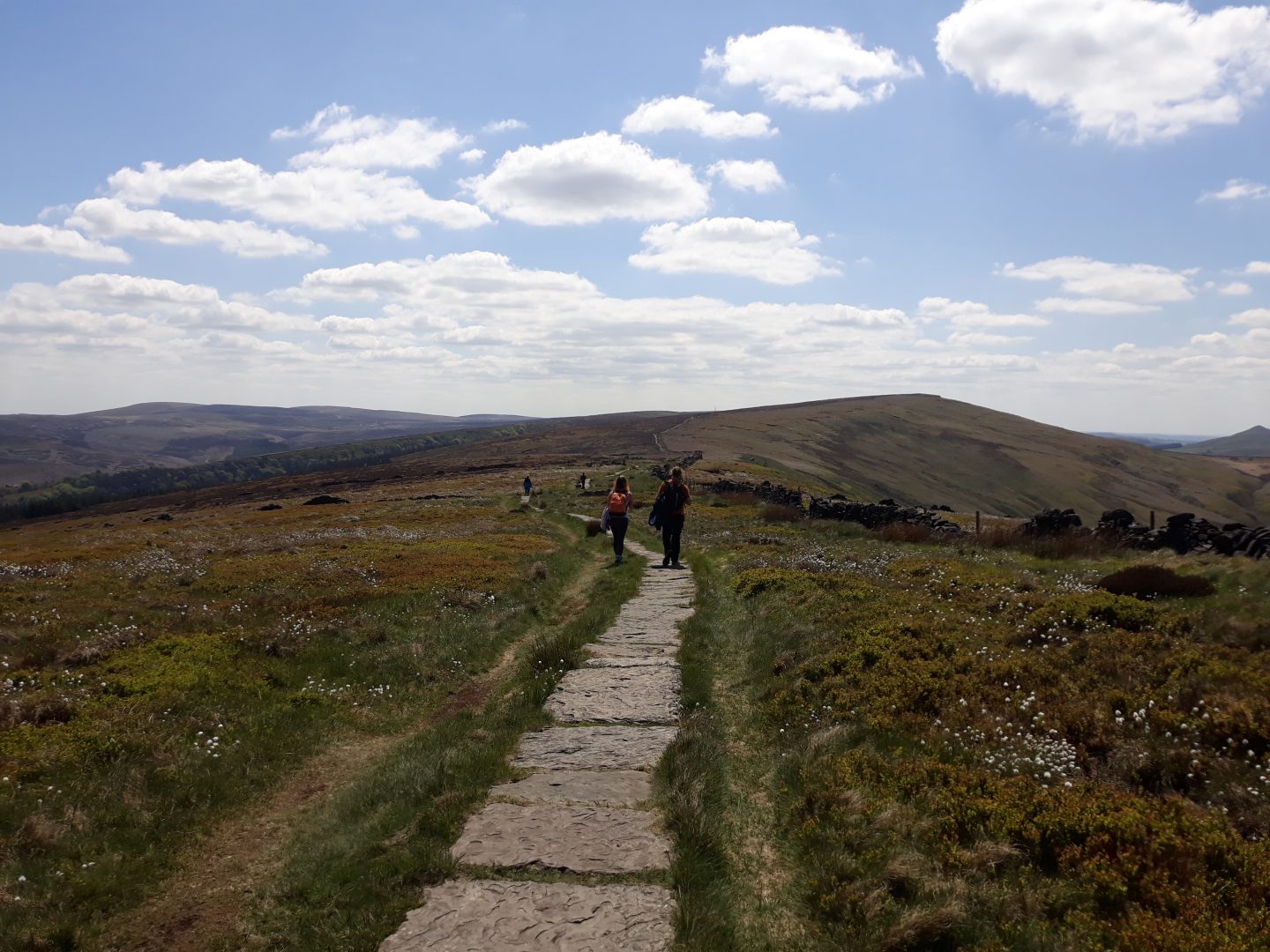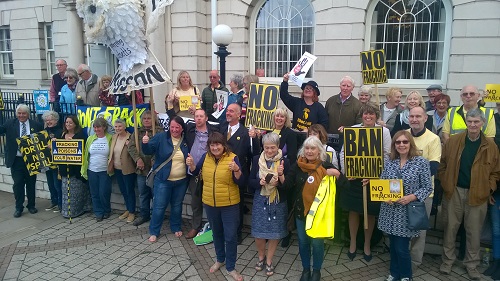Climate emergency

The climate emergency is the biggest threat facing our countryside and planet. The scientific evidence for the changes we can expect is now well documented: changes to the mix and reduction in the diversity of wildlife and habitats; more extreme events such as flooding, low river flows in summer and pressure to build more reservoirs in the uplands. The science also suggests that the greatest threat will be to our peat moorlands as the climate that sustains retreats north and west.
We need to drastically reduce our greenhouse gas emissions. But there’s good news: the countryside can provide many of the solutions.
CPRE promotes planting more trees and hedgerows, taking better care of our soils and restoring peatlands.
In order to offset the impact of climate change, we must work urgently and nationally to reduce energy use and some of this can be achieved by better planning, including
- industrial and residential developments meeting stringent new energy standards
- finding new ways of travelling less
- moving goods or people in greener ways like rail or electric cars
We must also generate new forms of energy which emit less or no carbon dioxide from renewable technologies powered by water, wind and sun. However, renewable technology must not dominate or ruin the landscapes they are helping to save. So, small scale technologies are the most suitable in the countryside, especially in our national parks, where there is relatively low demand for energy in rural communities without major industry.

Fracking
Locally, and nationally, we ran a hard-hitting campaign opposing the government’s plans to fast-track fracking through the planning system. We argued that fracking was bad for the countryside, local communities and the environment – and we won! The government dropped its proposals and halted fracking altogether: great news for communities and the countryside.
Learn more about Fracking





